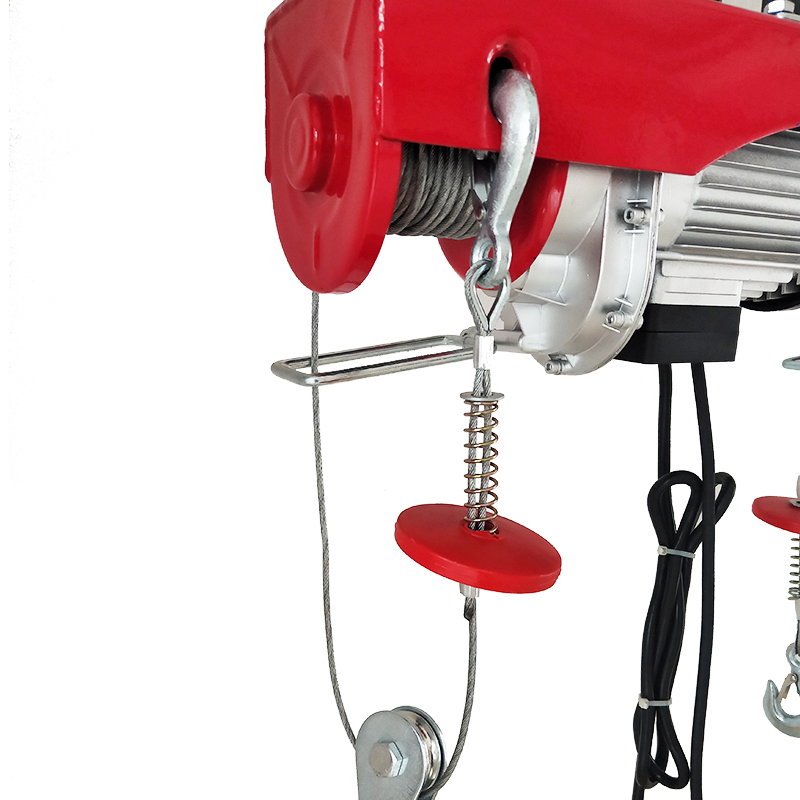


Chain Hoist Design An Overview
A chain hoist is a type of lifting device that utilizes a chain to lift heavy objects. Its design is pivotal in ensuring efficiency, safety, and functionality in various industrial applications. In industries ranging from construction to manufacturing, chain hoists have become indispensable tools for lifting and moving loads with ease.
Chain Hoist Design An Overview
When designing a chain hoist, several factors must be considered. First, the load capacity is essential; this determines the strength and size of the chain and the hoisting mechanism. Proper calculations should be conducted to ensure that the chain hoist can handle the maximum expected load safely. Additionally, the environment in which the hoist will be used plays a critical role in design. Hoists used in outdoor or harsh environments may require corrosion-resistant materials and additional protective features.

Safety is another vital aspect of chain hoist design. Incorporating safety features such as overload protection, emergency stop mechanisms, and safety locks can prevent accidents and ensure the safety of operators. Regular maintenance and inspections should be part of the design considerations, as they prolong the lifespan of the hoist and maintain its reliability.
Ergonomics should also be addressed; designing a chain hoist that is easy to operate and manipulate reduces operator fatigue and increases productivity. Handles or controls should be positioned for comfortable use, while the weight and size of the hoist should facilitate easy transport and setup.
In conclusion, the design of chain hoists involves a careful balance between strength, safety, and efficiency. By considering the load requirements, environmental factors, safety measures, and operator ergonomics, a well-designed chain hoist can greatly enhance productivity and safety in various industrial settings. As technology advances, innovations in materials and mechanisms will likely lead to even more efficient and safer chain hoists in the future.



